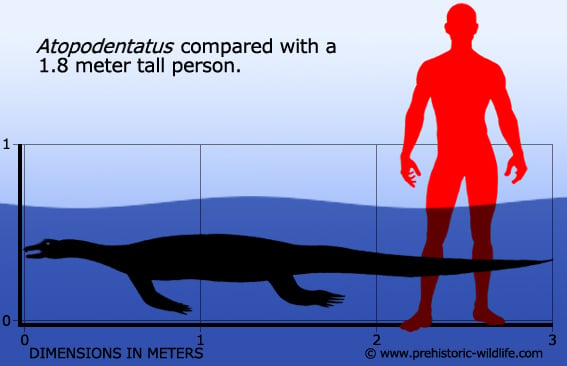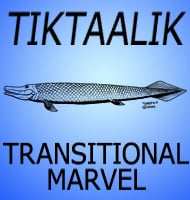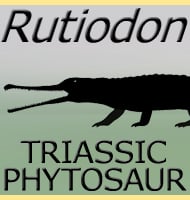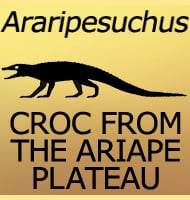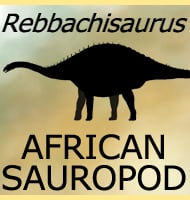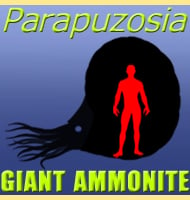In Depth
When first named in 2014, Atopodentatus made headlines around the world for the bizarre and hitherto unseen jaw arrangement. At the time of this reconstruction the jaws seemed to project forwards and then hook down and have numerous small teeth. These small teeth were postulated to have allowed Atopodentatus to filter out small invertebrates from the sea water. However, in 2016 further specimens of Atopodentatus were discovered and these revealed that Atopodentatus actually didn’t have hooked over jaws like originally described.
The original skull of the first discovered Atopodentatus had actually been crushed and distorted, the new skull fossils described in 2016 were not. When seen from above these gave the skull a ‘hammerhead’. ‘T-shaped’ profile with the jaws pointing out to the sides, and not hooking over like originally thought. The new jaws revealed that the small needle like teeth were actually arranged into rows which would have most likely allowed Atopodentatus to feed upon algae.
As for the rest of the body, Atopodentatus had a body that would have allowed for both swimming and movement on land. If caught in deeper water, Atopodentatus may have been hunted by large hyper-carnivorous ichthyosaurs similar in form to Himalayasaurus and Thalattoarchon (known from Asia and North America respectively), as well as large prehistoric sharks. When on land Atopodentatus may have been at risk of attack from the larger archosaurs of the time.
Further Reading
- A new marine reptile from the Triassic of China, with a highly specialized feeding adaptation. - Naturwissenschaften. - L. Cheng, X. H. Chen, Q. H. Shang & X. C. Wu - 2014. -The earliest herbivorous marine reptile and its remarkable jaw apparatus - Science Advances. 2 (5) - Li Chun, Olivier Rieppel, Cheng Long & Fraser C. Nicholas - 2016
